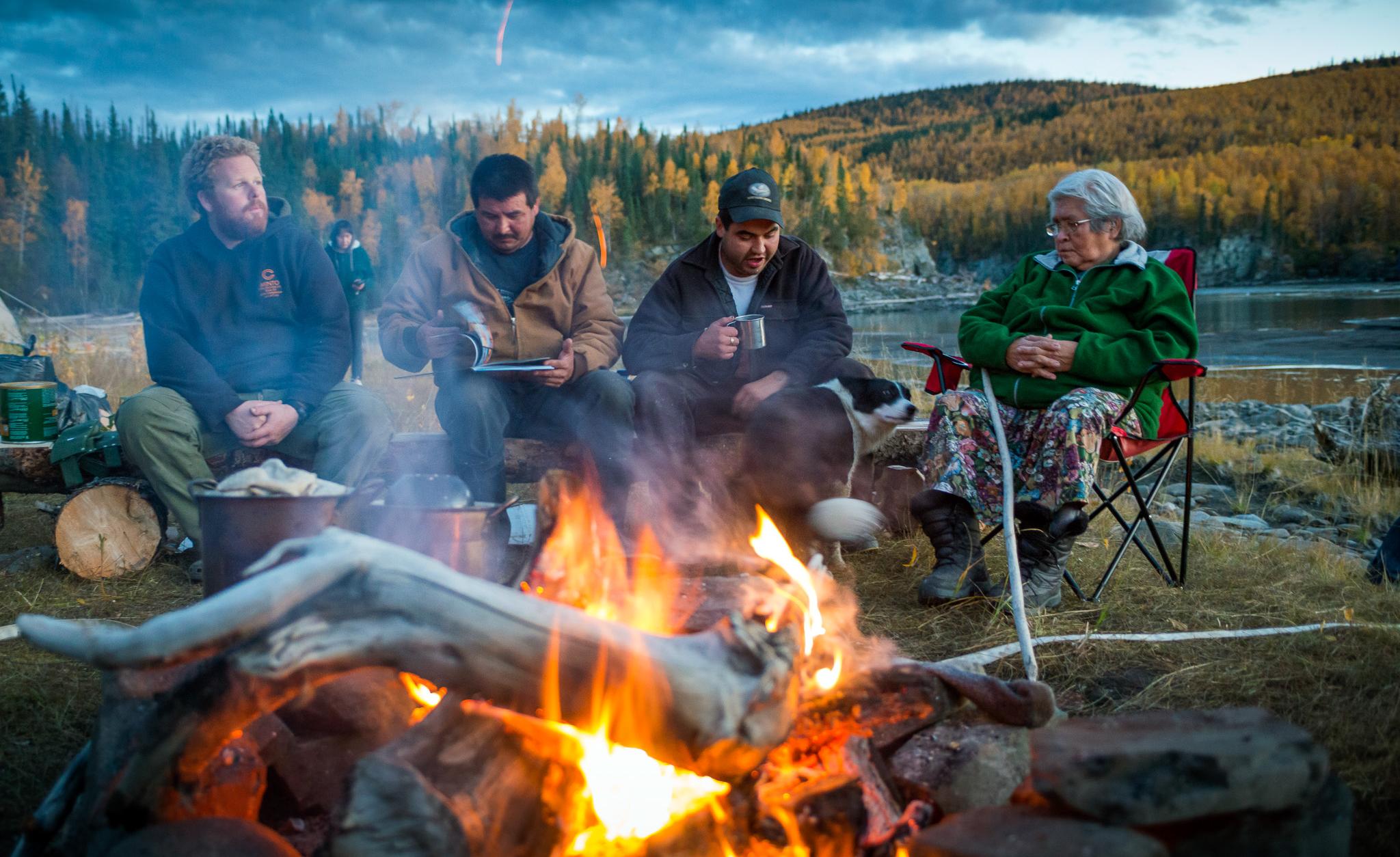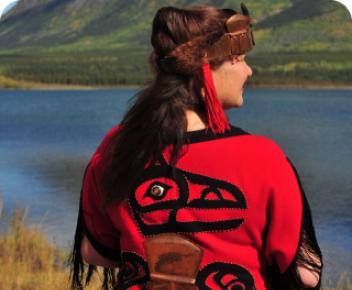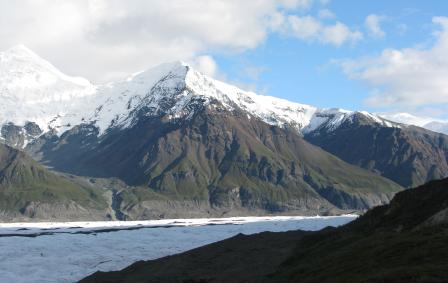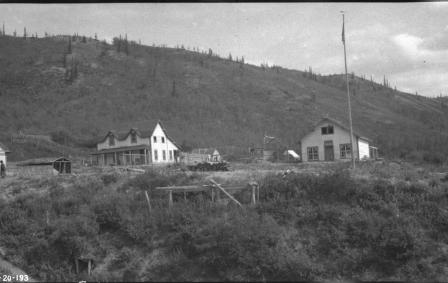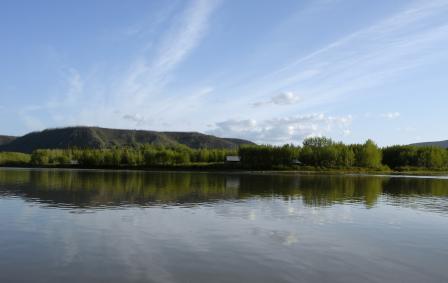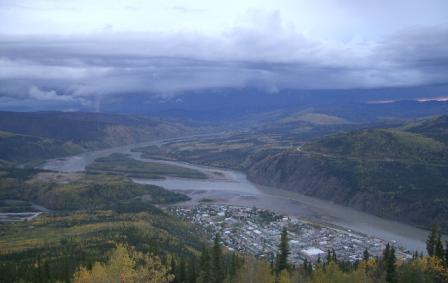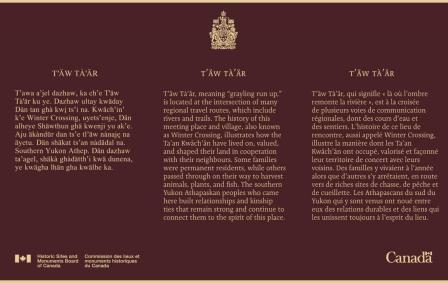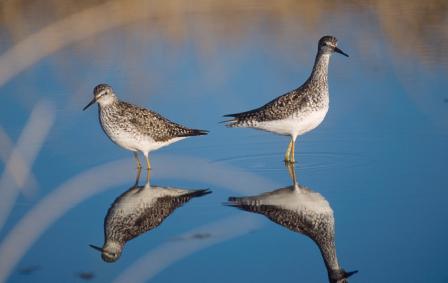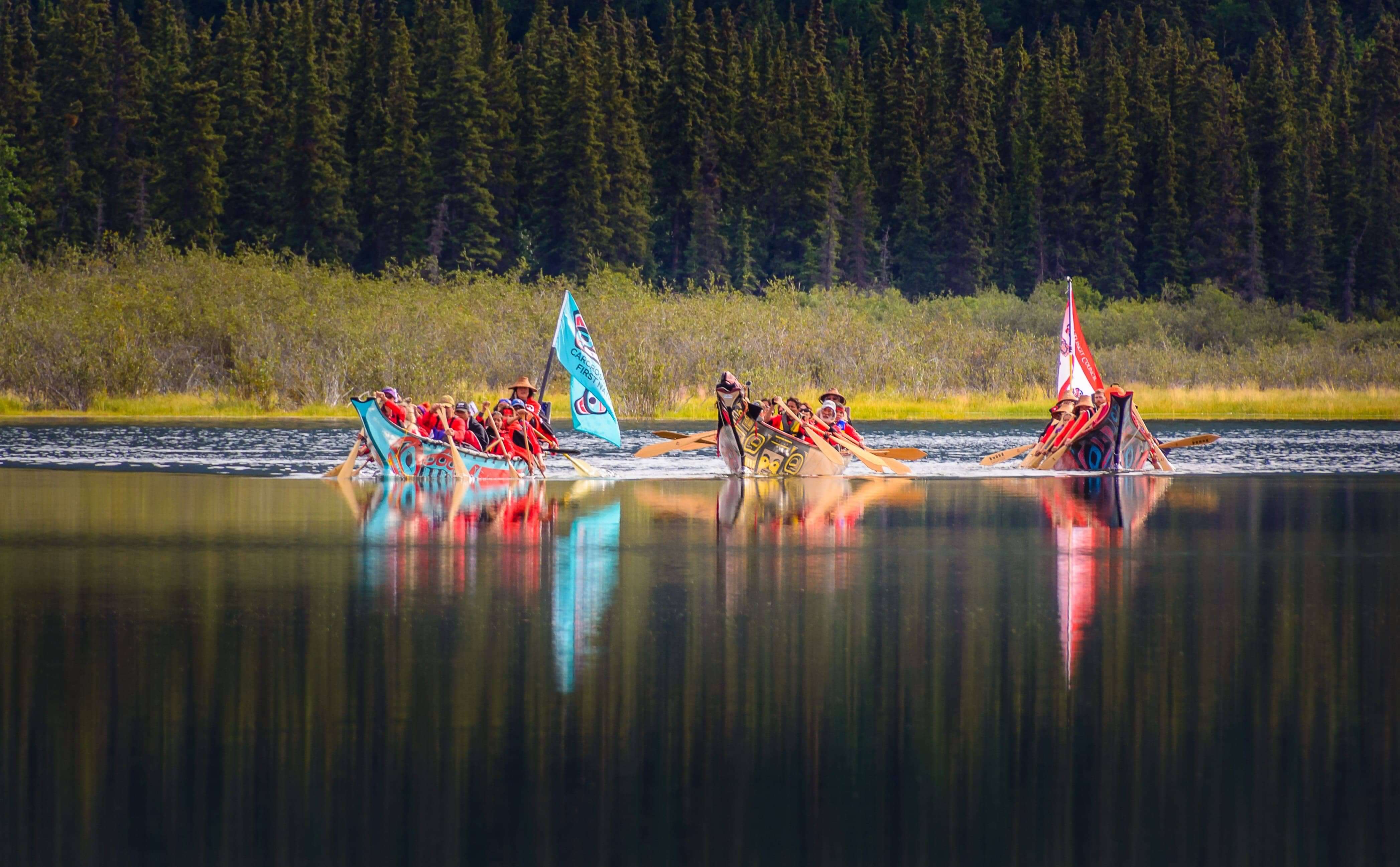Read our stories
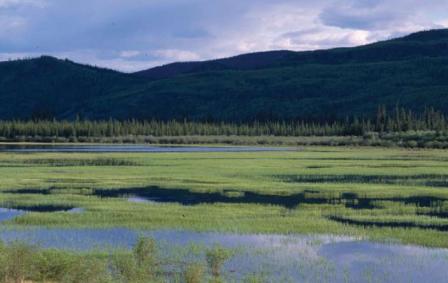
Tsâwnjik Chu (Nordenskiold) Habitat Protection Area
Along the Nordenskiold River, south of Carmacks and west of the Klondike Highway, lies the Tsâwnjik Chu Habitat Protection Area. Tsâwnjik Chu has been home to river, wetland, and wildlife, including beaver, marten, muskrat, wolf, wolverine, red fox, coyote, mink and weasel. This 77.4 km2 area is protected today thanks to the Little Salmon/Carmacks First Nation’s Final Agreement.
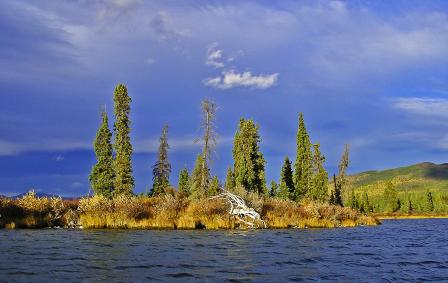
Agay Mene Territorial Park
We’re passing the phone to a park that’s home to over 40 mammal species, Bald Eagles, Osprey, and Loons, and the wood frog. That’s right – it’s Agay Mene Territorial Park on the Carcross/Tagish First Nation! Starting at Jake’s Corner, the 697 km² landscape stretches all the way to the BC-Yukon border.

Vuntut Gwitchin First Nation Points of Interest
Today, Old Crow is the home community for the Vuntut Gwitchin – People of the Lakes. While the only way to get there is by plane, it’s worth the short flight to experience this place of beautiful culture, people, and land. With the help of Indigenous Yukon, we’ve put together a list of things to do and see for an unforgettable visit to the north-most community in the Yukon.
